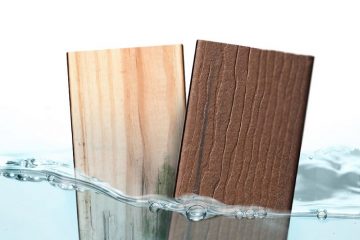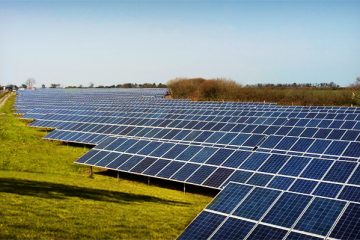Whilst there are many choices you may have to make with regards to upgrading your garden, if you have chosen to have decking installed, you now face another choice. That choice is whether you wish to have wood decking installed, or to go for decking made from a composite material, with Trex decking, being one of the primary options.
It is often at this point many people have to weigh up the advantages and disadvantages of both wood and Trex decking. To try to help anyone in with this quandary somewhat, we have looked at both Trex decking and wood decking, to analyse how they compare with each other.
Upfront Costs
For any project, whether it is inside the home or outside, one of the primary considerations will be the cost, so let us start there. We are going to assume that you are going to employ a decking company to install your decking. To that end, ensure that you get an agreed price with all costs included before the work begins.
If you choose wood, then the first benefit is that, usually, hardwood decking tends to be cheaper than Trex decking. The reason for this is that wood usually goes through fewer manufacturing processes than Trex decking, and therefore the purchase price of wooden decking is lower.
Longer Term Costs
Where Trex decking counteracts the lower upfront costs, is with regards to the longer-term costs. Wood decking is likely to need oiling, sanding, and staining on a regular basis. These are costs that Trex decking will not incur. In addition, a wooden board will be more prone to warping and damage, and thus you need to factor in the replacement costs too.
Lifespan
If you were to measure the average lifespan of decking materials, for those made from wood you should expect around 10 to 15 years, and for composite decking such as Trex decking, that will extend to as many as 25 years. In effect, you will need to install new wood decking twice as often as Trex decking.

